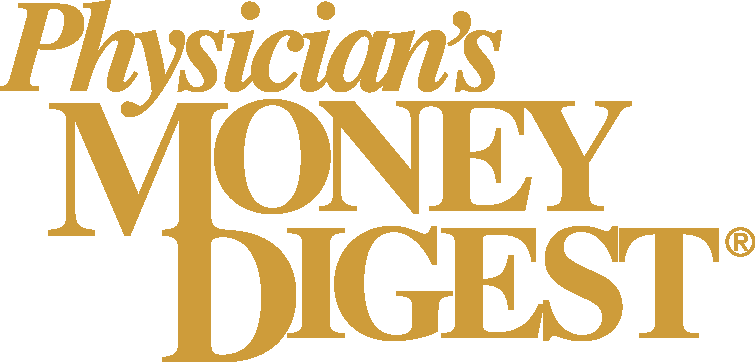
Independent physician practices deliver lower-cost care: Study highlights need for site-neutral payment reform
Key Takeaways
- Independent physicians offer lower-cost care compared to hospital-based settings, with HOPDs being the most expensive.
- The study analyzed four practice models, finding that unaffiliated and PE-affiliated practices incur lower costs than corporate or hospital-affiliated models.
Costs change based on site of care, and physicians’ hospital affiliation or independent practice, according to new research.
Independent
“Physician Practice Affiliation Drives Site of Care Cost Differentials: An Opportunity to Reduce Healthcare Expenditures,” was published in the
The result: site of care “contributes meaningfully” to health care costs, and costs are consistently higher in hospital-based settings. Prices were lower when services were provided by physicians remaining in
"Our research makes clear that the site of care — and whether the physician delivering that care is employed by a hospital — are key drivers of health care spending," said study co-author Paul Berggreen, MD. He also is president and board chair of the
"These findings make a powerful case for eliminating payment disparities for the same services delivered in different outpatient settings for the benefit of patients and our health care system," Berggreen said in
What is the practice model?
Previous research has examined the cost and quality metrics for doctors with or without hospital affiliation. What’s new is a comparative study that reviews affiliation models for cost and quality.
The study examined 2022 data for four physician practice models:
- Unaffiliated private practice
- PE-affiliated private practice working with a management services organization
- Corporate
- Hospital
Specialties involved in the study were cardiology, gastroenterology, orthopedics and urology. Those were chosen based on utilization by Medicare beneficiaries, PE investment, and ability to assess site-of-care (SOC) dynamics for high-cost, high-volume services, the study said.
The result: “For all codes analyzed, the HOPD was the highest-cost outpatient SOC for Medicare and commercial insurance, while the office was the lowest-cost SOC for urology and cardiology and the ASC the lowest-cost SOC for gastroenterology and orthopedics,” the study said.
Why the difference in price?
It already was known that Medicare Advantage reimbursement, physicians get the same value for physician work and malpractice relative value units (RVUs). Doctors working in offices are reimbursed for practice expense RVUs, but those in ambulatory surgical centers (ASCs) or hospital outpatient departments (HOPDs) instead get a “facility fee.”
“This facility fee is typically substantially higher than the payment associated with practice expense RVUs, and since the professional and work components are unchanged, the aggregate cost to the system and patient for services performed in a facility setting is typically higher than in the office,” the study said.
Meanwhile, facility fee payments from 2001 to 2021 have outpaced physicians’ practice expense, growing 60% over that time, compared with 11% for doctors’ professional fees, the study said.
Adding up for patients and payers
In actual dollars and cents of health care spending, “the cost implications are massive,” the authors said in an accompanying news release. The study results showed hospital outpatient departments receive reimbursement from Medicare that is up to 861% of the reimbursement that ambulatory surgery centers or physician's offices receive. Commercial insurance pays HOPDs as much as 1,346% of the reimbursement that ASCs or doctor's offices receive.
"Hospitals' structural payment advantage is driving independent physician practices out of business — and resulting in higher costs for patients and payers," said co-author David Eagle, MD. He also is vice president of AIMPA.
The authors noted the national deliberations about payment differences for sites of care has not included consideration about physician practice models. But that conversation is overdue.
"I hope our research spurs greater interest among policymakers in site-neutral payment reform and in establishing a more sustainable payment structure to preserve the vitality of independent medical practice — and the ability of patients to access high-quality, affordable care," Eagle said.
Without those changes, costs will continue to go up as more and more physicians affiliate with hospitals that now dominate the physician marketplace, the authors said. They cited data from the Physicians Advocacy Institute showing from 2019 to 2024, hospitals acquired 7,600 physician practices, and that more than half of the nation’s doctors are now employed by hospitals or health systems.
Additional co-authors are Deepak A. Kapoor, MD; Mark Camel, MD; Justin Maroney, MD; and Lauren C. Makhoul and Zhou Yang, PhD, MPH, principals of Avalere Health.
Newsletter
Stay informed and empowered with Medical Economics enewsletter, delivering expert insights, financial strategies, practice management tips and technology trends — tailored for today’s physicians.














